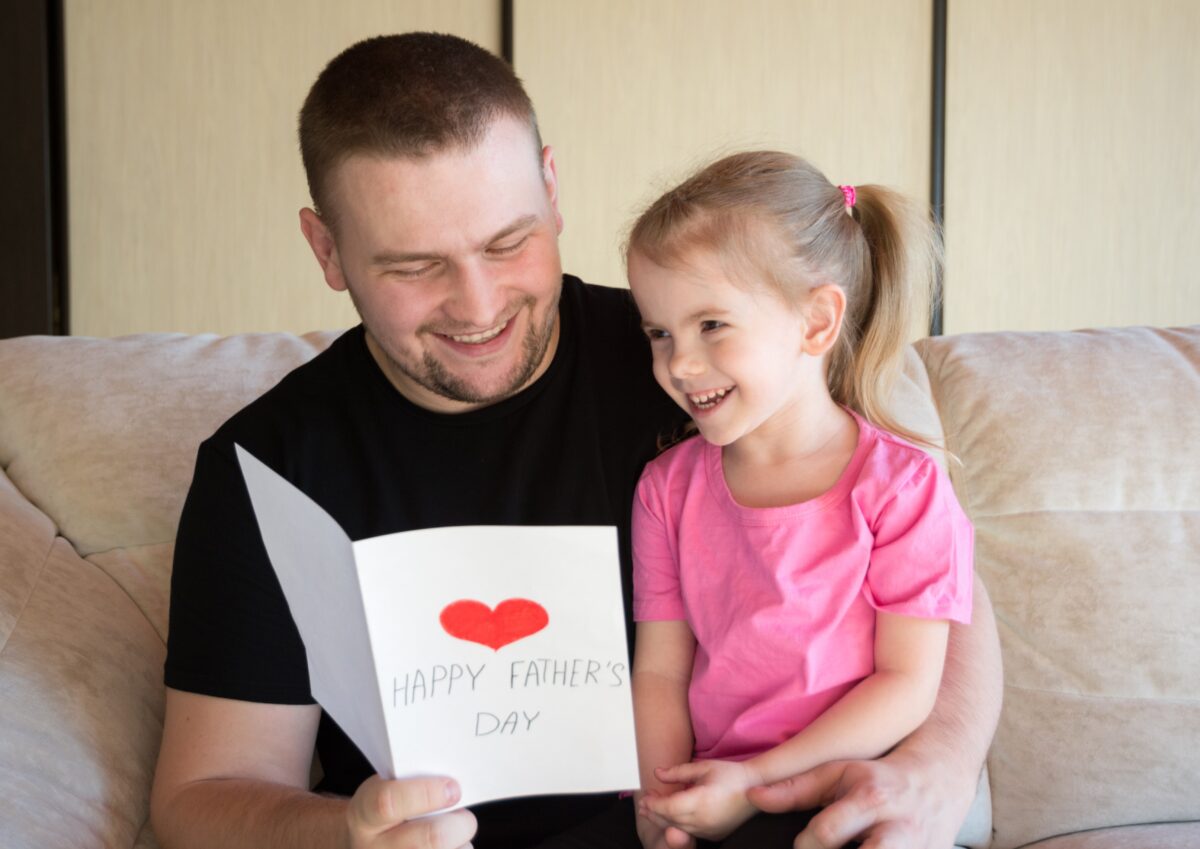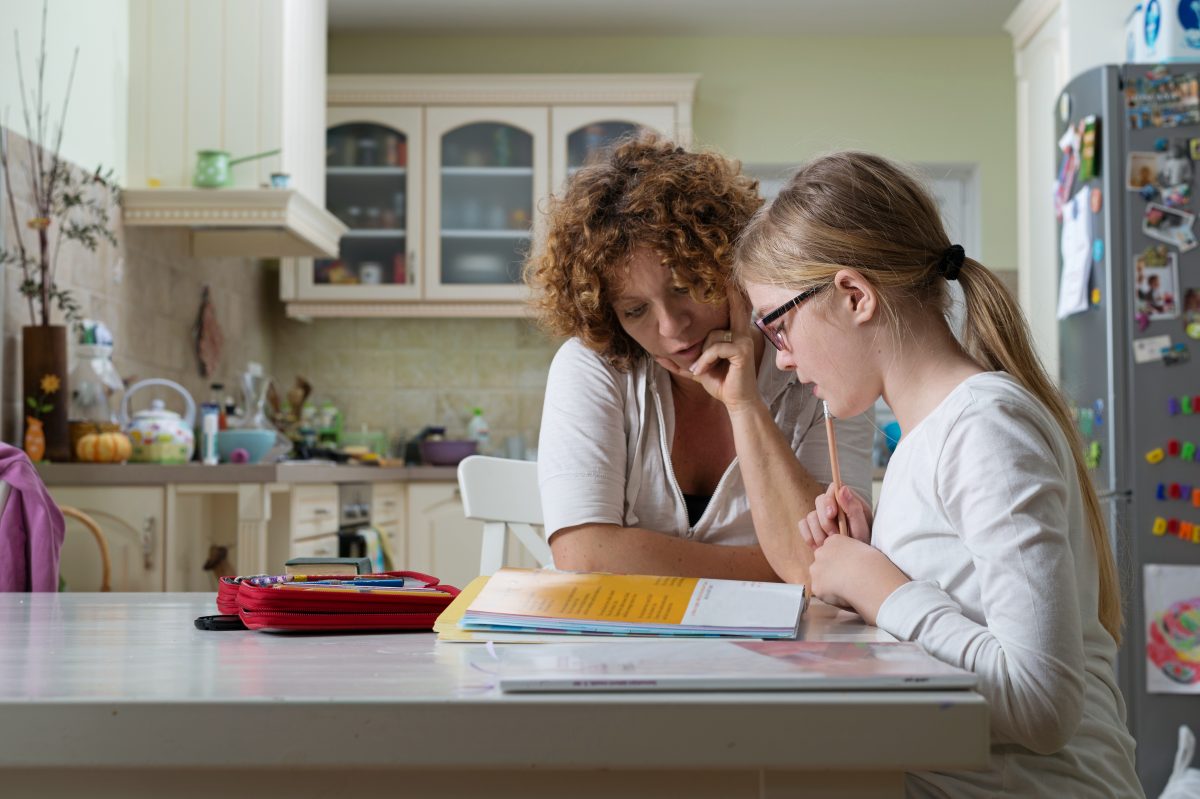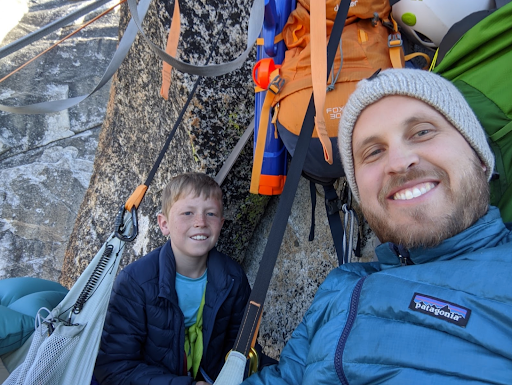“Where did you get that?” The first time Jessica Rey wore her self-designed swimsuit to the pool, other girls wanted to know. The actress—best known for her role as Alyssa the White Power Ranger in the 2002 TV series Power Rangers Wild Force—spent a lot of time at the pool between jobs in Hollywood, and owned around 100 bikinis. But this swimsuit was different: It was a simple, ruched one-piece reminiscent of the 1950s, based on the vintage styles she loved but modernized with swim-friendly fabric. She had designed it and asked a roommate to sew it for her because she could not find a one-piece in stores that made her feel good.
She realized she wasn’t alone.
That was the impetus for her business Rey Swimwear, designing flattering, feminine, and functional swimwear for women who’d rather not wear a bikini. “I’m trying to give women an option to feel beautiful in their own skin, in their own swimsuit, and feel confident,” Ms. Rey said.

Her foray into entrepreneurship followed a personal journey with modesty—a concept she initially disliked. But as she dove deeper into her faith, she came to a new understanding of modesty as “wanting to uphold the God-given dignity that we are made with, for ourselves,” she said. “I started paying attention to the way I was being treated when I was wearing revealing clothing, and I didn’t like it. So I decided to stop.”
Ms. Rey co-authored a coffee table book, “Decent Exposure,” in 2015, and launched a clothing line, Estella, in 2017. Now, in between running her businesses and brainstorming new ventures, she continues to attend Power Ranger conventions, where she loves meeting fans, and homeschools her three children, ages 10, 11, and 13.
How does she balance it all? American Essence spoke with Ms. Rey about her daily routines, what keeps her inspired, and making the world her family’s classroom.
The first thing I do when I wake up is: offer up a morning prayer. That is the priority. The morning prayer is what I’m going to offer my sufferings and intentions for that day. Then, while I’m still in bed and with my red light on, I do a daily gospel reflection using the Hallow App.
I take care of my health by: creating daily habits. I find that if you don’t have a routine when it comes to this kind of stuff, it’s not going to get done, because who really wants to take supplements or exercise?
I follow my wellness routine as soon as I wake up. I get up and go bounce on my trampoline, which really gets my lymphatic system going and also wakes me up! I am so into weird holistic things. My vision has been going bad, so I’m following a program to improve my vision naturally: While I’m bouncing, I look at something far away for 10 seconds, and then I focus on something close up for 10 seconds, and I go back and forth. Then I go and drink a glass of homemade kefir and go into the office and answer emails while I walk on my under-desk treadmill.
I keep a written checklist, and so in the morning when I do all the health and wellness things on my list, I check them off, and that actually motivates me for the rest of the day. Oh look, I just checked five things off my list—I feel like a rock star!
Something that’s been on my mind lately is: getting into the tween girls’ clothing sector. My daughter is now 11, and I’m discovering that appropriate clothing is hard to find for her. Where do we buy shorts or skirts or dresses for this age group that aren’t mini? It just doesn’t exist for them. I’m seeking out a business partner because my specialty is swimwear.

What people get wrong about modesty is: thinking it’s just about clothing. Modesty encompasses not just the way you dress but the way you act, behave, the way others treat you, and your way of thinking and carrying yourself. It has to do with beauty. We are all made beautiful and unique, and what are we going to do with that beauty?
My role models are: Grace Kelly and Audrey Hepburn. They are so beautiful and elegant. I think their style of clothing is so flattering for most body types, and also really functional.
My personal role model is my mom. She passed away 15 years ago, and she’ll forever influence how I live my life. She was so supportive, always. When I got the job as a Power Ranger, I was two classes away from finishing my MBA. I had to tell my mom, who was so excited about my MBA, that I was going to stop school for a year to go and be a Power Ranger. She had no idea what a Power Ranger was. She was like, ‘You’re going to forego your MBA to be a cartoon character?!’ She did not understand it. She was so upset. But then when the very first episode aired on TV, I went to my parents’ house and watched it with them and she was so proud she cried.
One thing I didn’t expect about being a Power Ranger was: that being on that show would have such an impact on people, and that I would still to this day be meeting fans.
On set, we would often have Make a Wish Foundation kids come. Their last and final wish was to meet us—and I couldn’t wrap my head around it. The very first visitor we had was named Joseph. He was a tiny little boy and he had leukemia. We had been told he was coming and to prepare ourselves, and I didn’t even know what that meant—prepare myself? On set, with cameras on my face, I saw the door open and in walked this pale 5-year-old wearing a blue Power Ranger costume, and I lost it. I just started bawling.
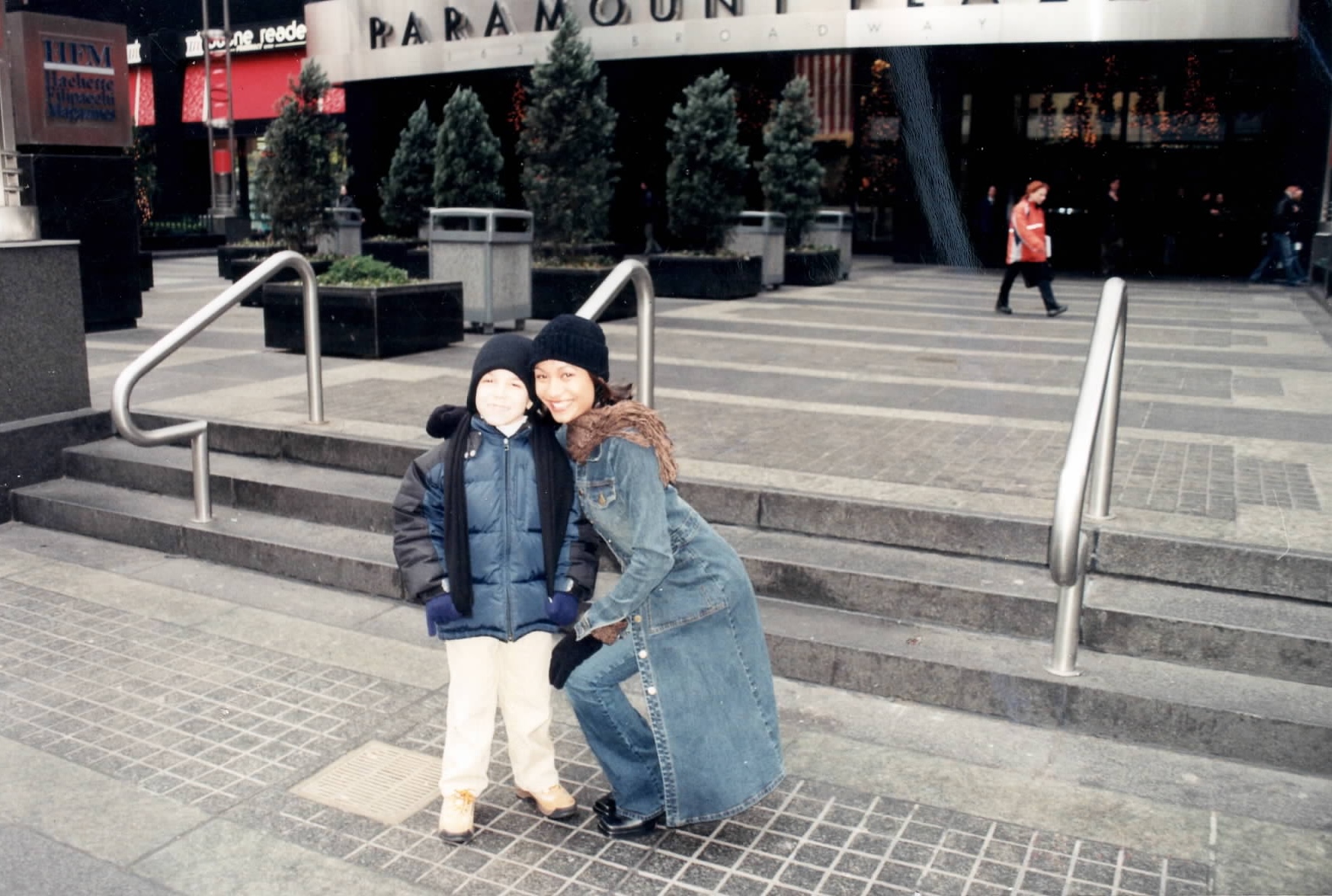
I stayed with him for the rest of the day and got to know his parents. I told his mom, ‘I just know he’s going to be fine. When we wrap this show in a year, I’m going to fly to New York City and I’m going to come hang out with you guys.’ So that was the first place I went when we wrapped the show: I flew to NYC for the first time. We went to the arcade, we had lunch, and I went to their house. I’m happy to say that Joseph is still alive and we are still friends.
As a mom, my homeschooling philosophy is: make it up as we go along. Every day is different, and I think that’s what makes it fun and engaging. One day we might cook all day, and the next day we might do math and writing. We do lots of outings. We have a nature group that we go out with a couple of times a month.
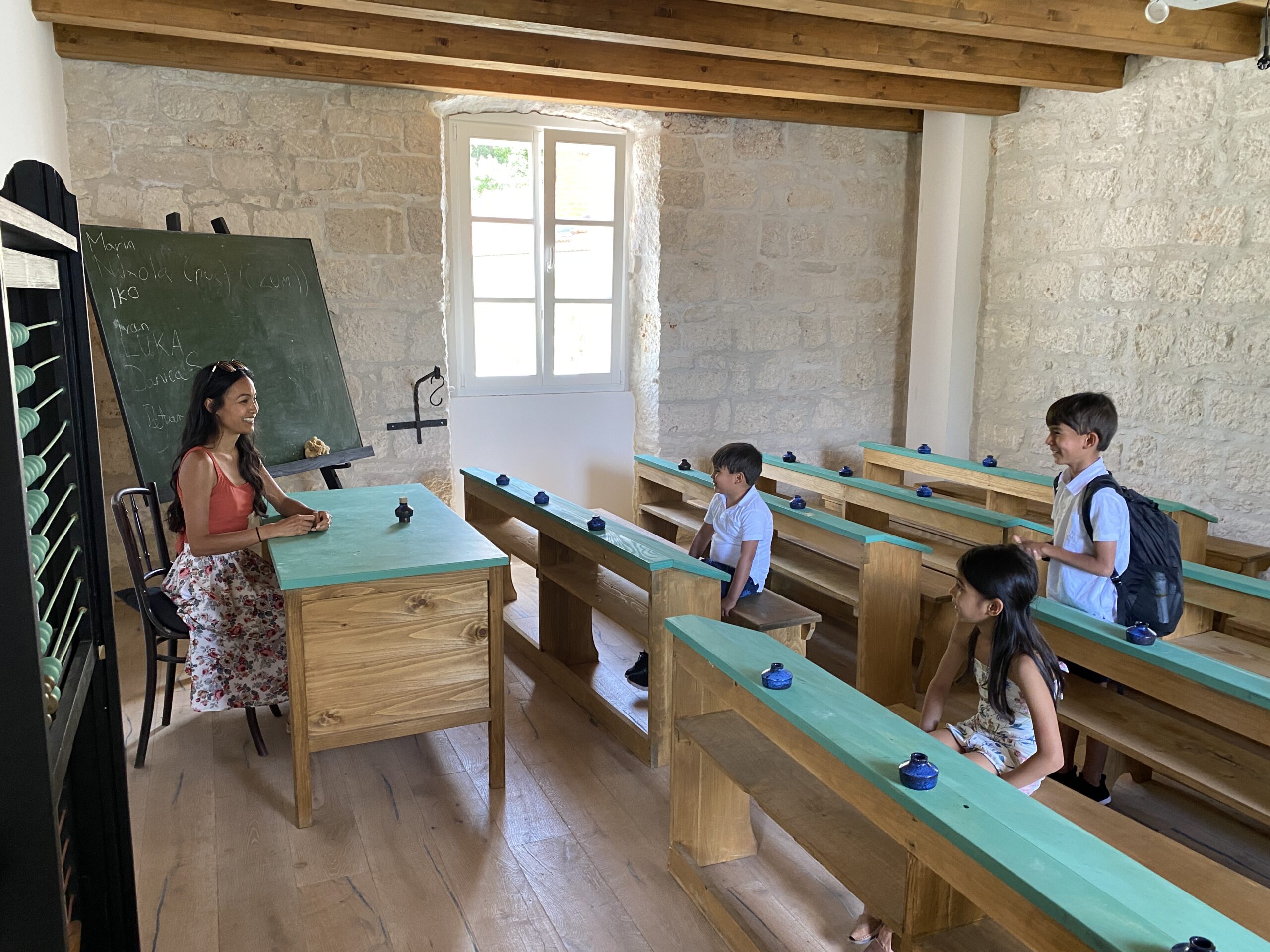
They learn a lot while we travel—how to make pots in Italy, how to fresco paint in Croatia. We’re going to Umbria, Italy, for the month of May. I’ve set up cooking classes and horseback riding lessons; we’ll go to leatherwork workshops; there’s an amazing insect museum there. The kids will have Italian lessons a couple times a week. A lot of it is hands-on—that’s what makes it exciting.
My favorite way to unwind is: traveling with my family. Seeing the world through my kids’ eyes is so wonderful. My parents worked so hard and taught us the value of work. My mom always said that she would enjoy life when she retired, but sadly, she died a year before retirement. So we teach our kids the value of hard work, but we also want to teach them how to live and enjoy life now. We want to show them that there needs to be a proper balance.
From May Issue, Volume IV


